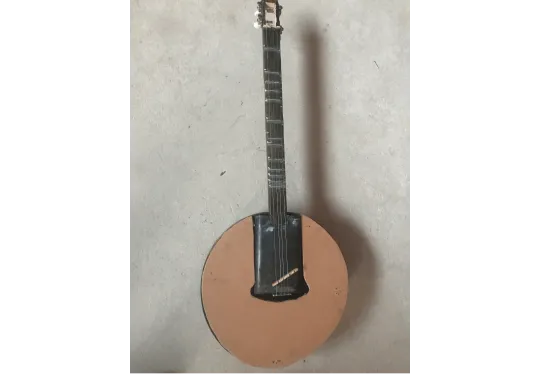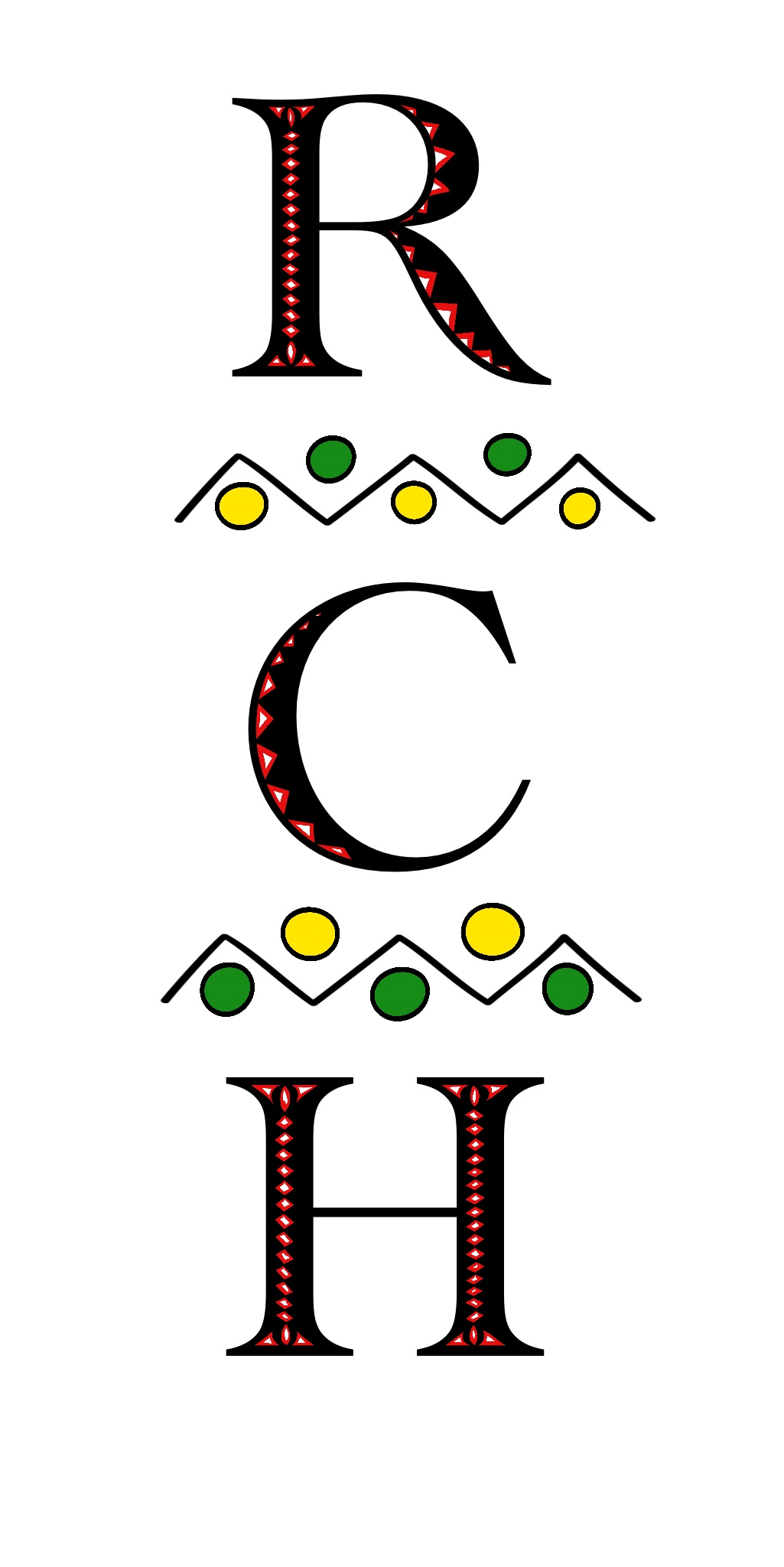Subscribe
Want to stay in touch with my blog? Subscribe my newsletter to get updates!

Anesu Ndoro
Hi there! I'm so grateful and humbled that you're here and have taken time out of your day to engage with my content. This is a little space where I contribute my own perspectives to conversations about different topics. This is also where I can hear from you. Please like, comment and subscribe so we stay in touch!
Forming The Rayiro Orchestra pt. 2: The Chipetura Lute
By:
Anesu Ndoro
On
06/03/2024Reading time:
4 min
Summary:
Yes, another member of the Rayiro Orchestra has arrived! In this post, I'll be talking about the Chipetura lute and some of work that went into it. I love that is an easy/intuitive instrument to play, and I would say a great entry instrument for anyone who is interested in learning how to play strings. Happy reading!
Meet the Chipetura
Many of you already know that the banjo has its roots in central and west Africa. More of you may know that in southern Africa (to my knowledge, particularly in Malawi, Zambia, Zimbabwe and South Africa) there exists now since the 1940s or even earlier the tradition of using oil & paint cans and other metallic/tin/steel containers to make what are colloquially known as "mabanjo/mabhanjo/amabanjo". The Chipetura utilizes a very similar concept, with some modifications. You can watch the Chipetura being played here.

The first Chipetura I made, mostly from recycled materials, to test the metal base-wood amplifier idea I had at the time
Background and Construction
As I was trying to make an instrument in this tradition, I ran into the challenge of only having small metal cans at my disposal. Thus, the model/prototype instrument in the image above combines a metallic container with a 'deze' from a nyunga-nyunga mbira! The deze amplifies the sound and gives the instrument a much more substantial body. A bonus is that it also kinda looks like an actual banjo which the metallic 'mabhanjo' were based on.
However, what I like about this instrument is the ease of play. I was inspired by two other instruments: the Khmer chapey of Cambodia as well as the lute dulcimer/strumstick of the Appalachian music of the United States. In fact, the strings on the instrument are dulcimer strings. Both use a technique in which only one forefinger manages the fret situation, which I think makes them really accessible for people wanting to learn string instruments for the first time. Thus, on the Chipetura all you need in one finger for the frets as well.
The name of the instrument comes from the word "kupetura" in ChiKaranga, which means to comb one's hair. We don't seem to have a word for "strum" with regards specifically to stringed instruments (as far as I could research), but the visual picture of someone combing/styling/detangling/plaiting their hair evoked a similar strumming imagery for me which led me to name the Chipetura after that.
Playing Style and Performance
When I constructed the Chipetura, what I had in mind was the strumming style of play. However, I very quickly realized that the instrument allows for some finger picking as well, although your fret finger will still need to be on the right positions on the strings. I'm sure more seasoned lute and guitar players will be more virtuoso on the Chipetura, and I'm really excited to see how people will take the instrument in different directions. The instrument has four strings, and between them you can get some pretty good combinations. Now imagine a high, middle and low pitched ensemble playing together; this is how they will be arranged in the orchestra itself.
The sound of the instrument is somewhere around banjo-mandolin territory. I chose to use dulcimer strings since they lend themselves well to a more steel/metallic sound, and I'm reserving the use of nylon strings for another instrument prototype I would like to sound more mellow and bass-ish.
This was another fun project. The prototype is really promising in terms of ease of construction and sound texture. Thank you so much for your time, dear reader, and I hope to see you next time!
